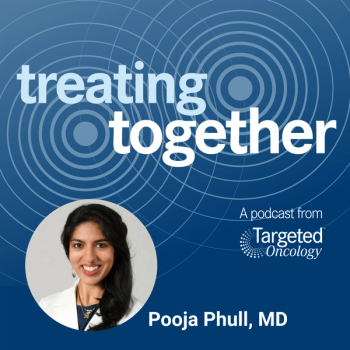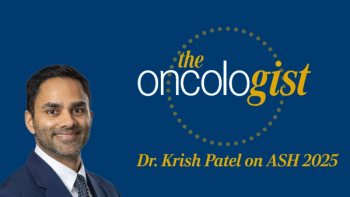
Comparing Older Sibling Donors to Younger Unrelated Donors for SCT
Salman Fazal, MD, discusses the use cases for older matched sibling donors vs younger unrelated donors in stem cell transplants for patients with cancer.
Salman Fazal, MD, director of the cell transplantation program in the division of hematology & cellular therapy at the Allegheny Health Network, discusses the use cases for older matched sibling donors vs younger unrelated donors in stem cell transplants for patients with cancer.
Studies have shown that while younger donors have led to good outcomes for patients with cancer in need of a stem cell transplant, recent research has shown that an older donor that is a match and the patient’s sibling have better treatment outcomes. However, according to clinical data, about 50% of patients who need a stem cell transplantation use stem cells from a donor who is not a family member. This is why Fazal contends that going with the matched available donor is best, but that a matched sibling donor can provide stronger results.
Previous studies have shown 3–5-year survival rates are similar between the two, but in a review of 30,000 patients the average 3-year overall survival for patients with a matched sibling donor was 46% compared with 43% for unrelated donors. Moreover, graft-vs-host disease (GVHD) was better in patients with matched sibling donors, and according to Fazal, lowers the risk of GVHD. Fazal explains why even a matched sibling donor over the age of 50-years-old is still preferable when stem cell transplant is needed.
Transcription:
0:08 | For each particular patient, we sometimes do not have the option of choosing between matched sibling [donor] vs an unrelated donor. So, if we have a match on an unrelated donor, we take that match from the unrelated donor for allogeneic stem cell transplant. However, in a situation where we have the options between an older matched sibling vs a younger match unrelated donor the clinical study that was published in Blood, roughly about 8 to 10 years ago, looked at this comparison.
0:47 | [They] found that using a matched sibling has resulted in a better outcome in terms of lowering the risk of acute and chronic graft versus host disease, and other complications related to transplant. So, at this point in time, even though if we have a matched sibling, probably even above the age of 50, we would prefer using that matched sibling over a younger matched unrelated donor.










































